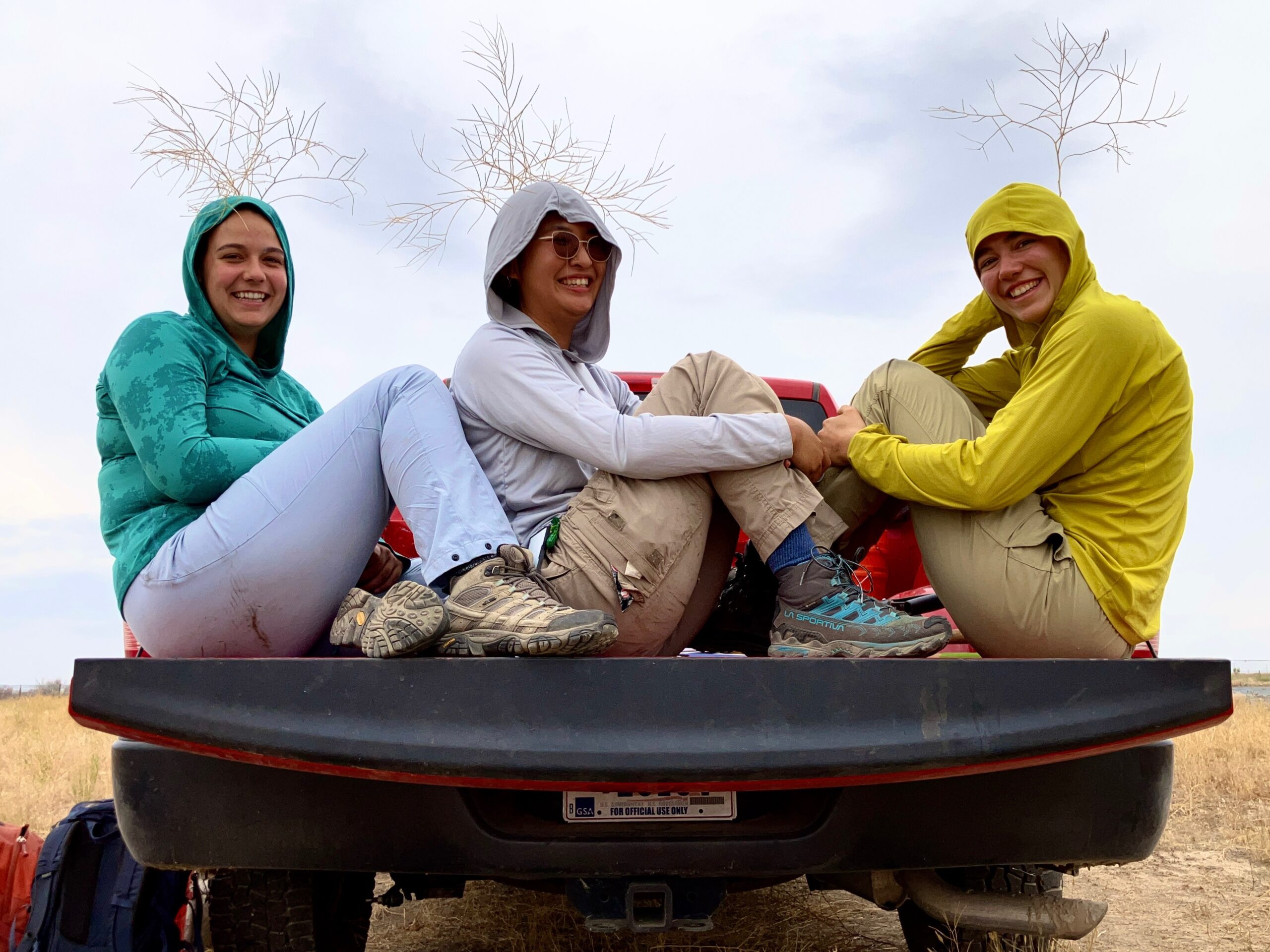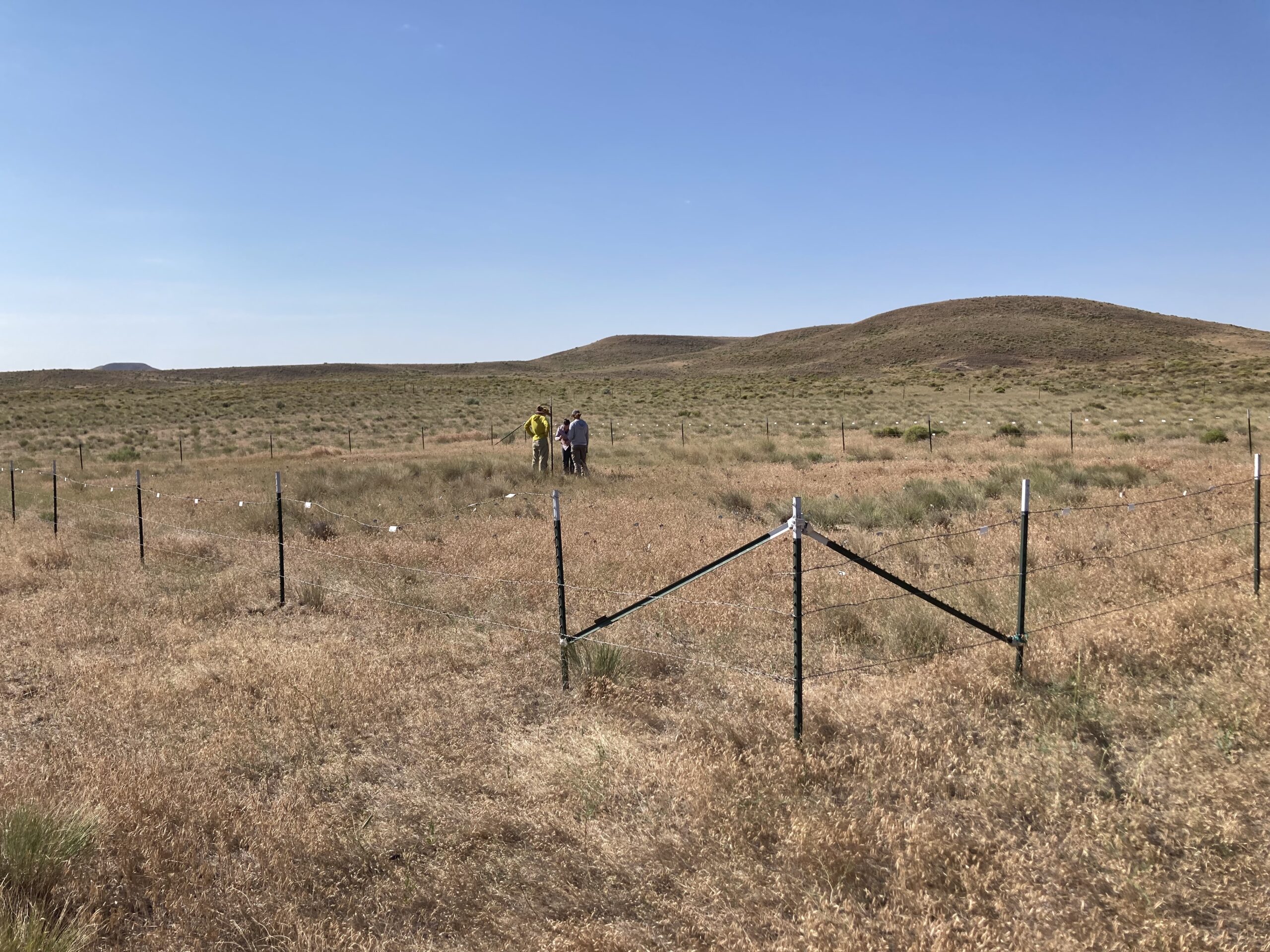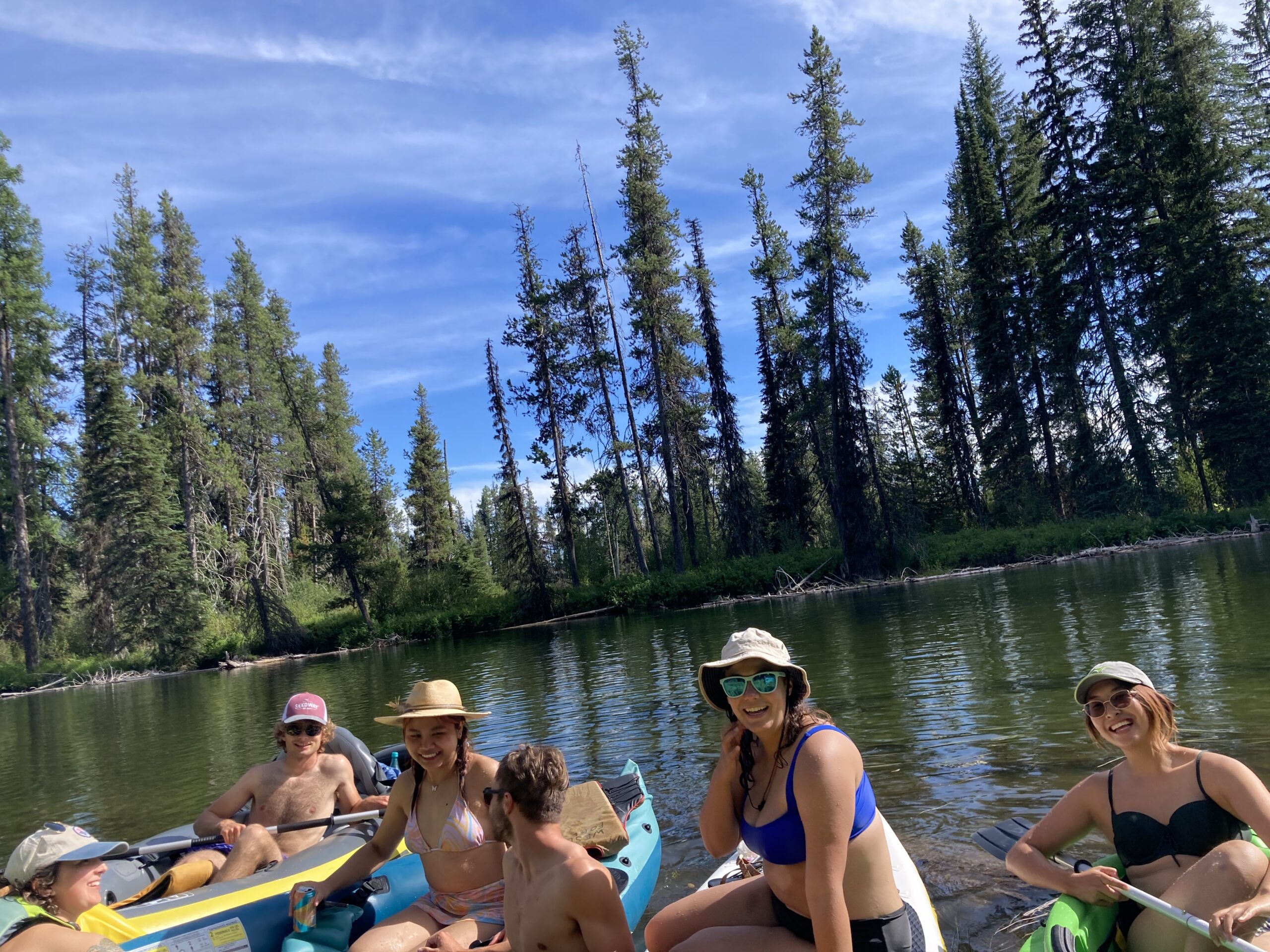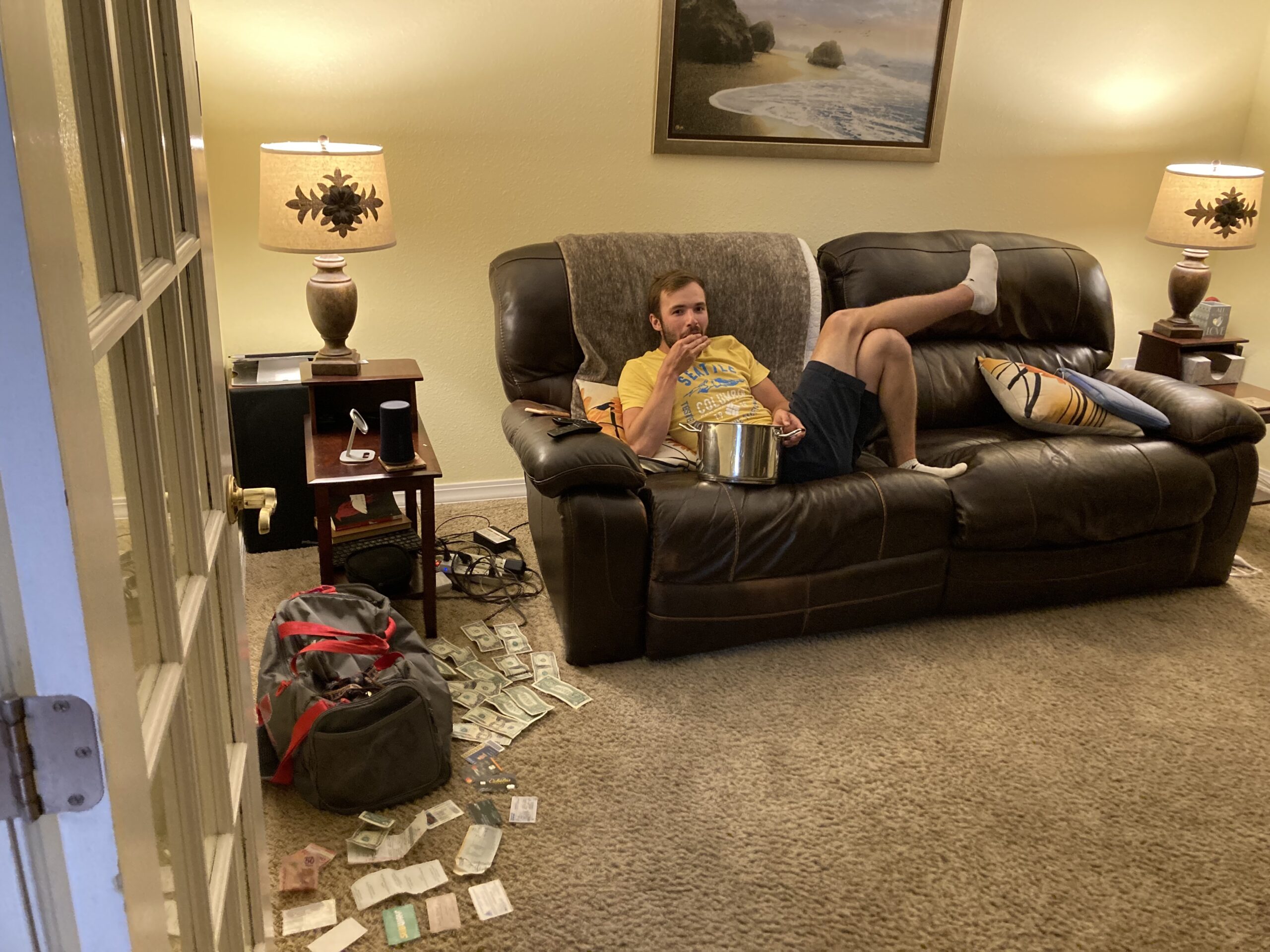Another month down! This month has been packed with trips and projects for the Rocky Mountain Research Station.
First, Elric and I headed to Sun Valley to scout for some Eriogonum umbellatum and Lomatium dissectum. We hiked this scree covered mountain, and when we got to the top we found a small population of Lomatium! It was super windy up there, and as we were hiking some jets flew over our heads! We also took a beautiful hike in Antelope Valley, and found two varieties of Eriogonum umbellatum!

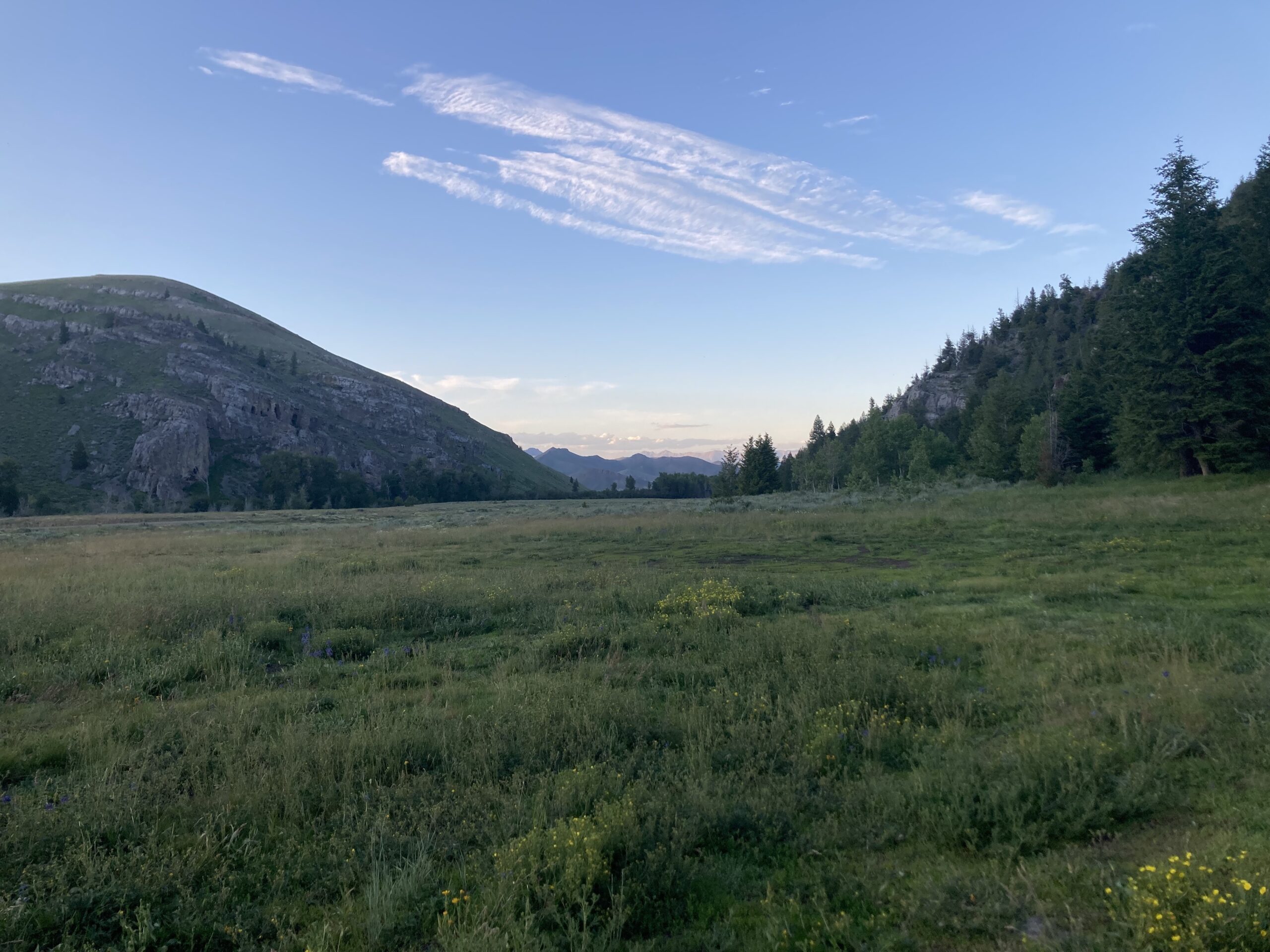
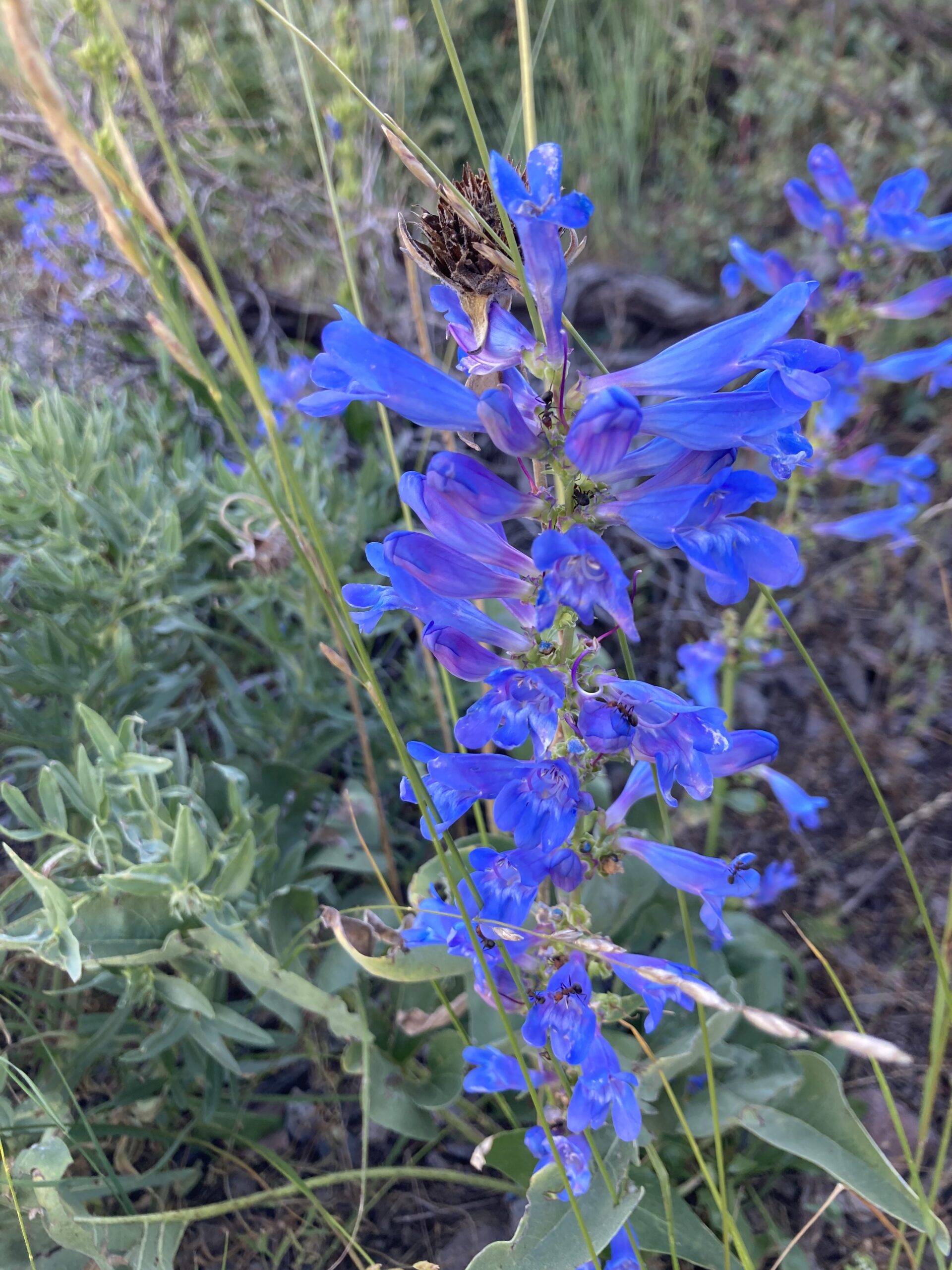
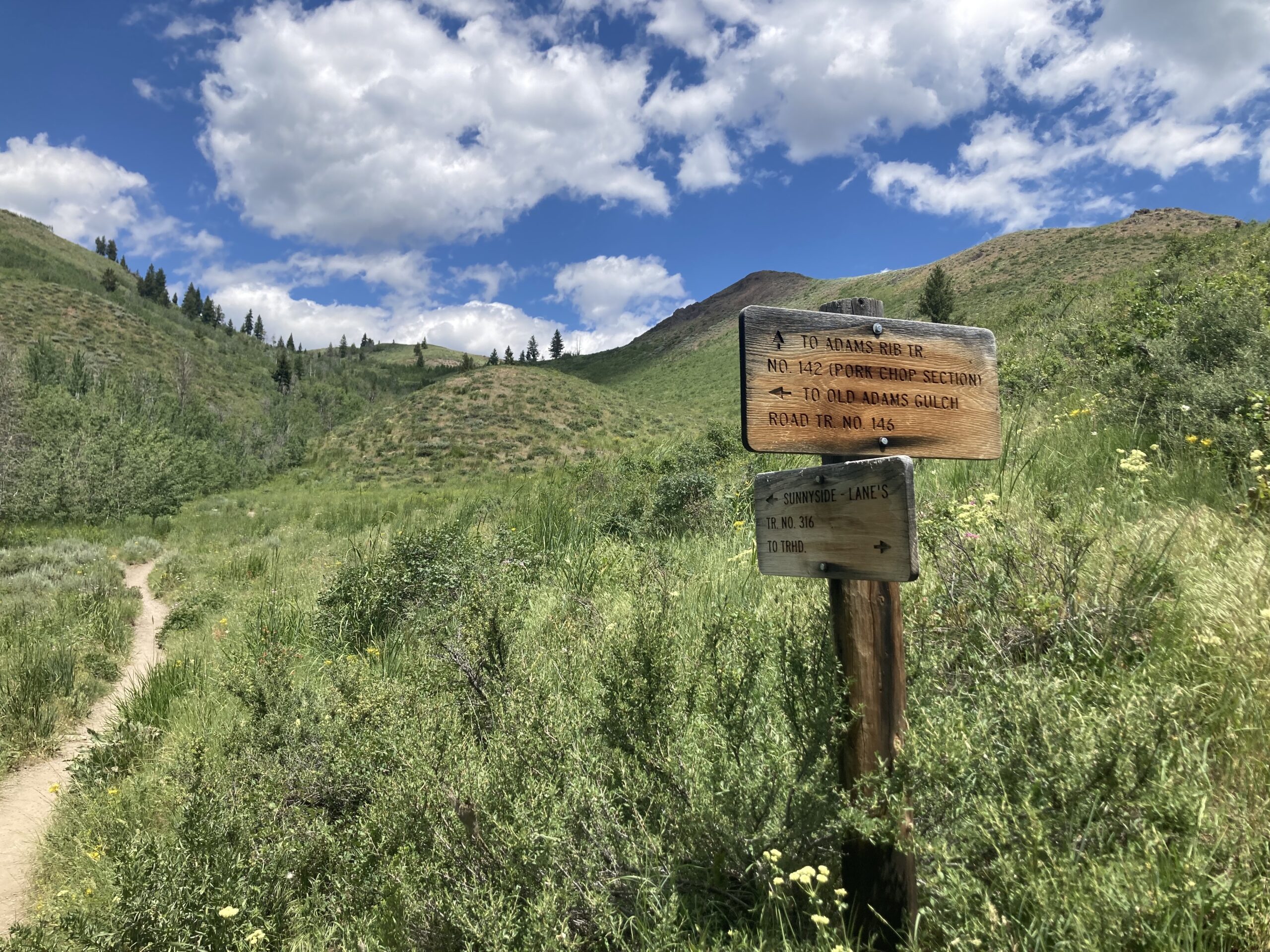

After that successful trip, I decided to go visit some other CLM Interns in Council, ID! Dan and Levi introduced me to their housemates, and we explored the beautiful area around Council. Dan knew a spot for (low) cliff jumping by a waterfall, and we camped on this huge rock.

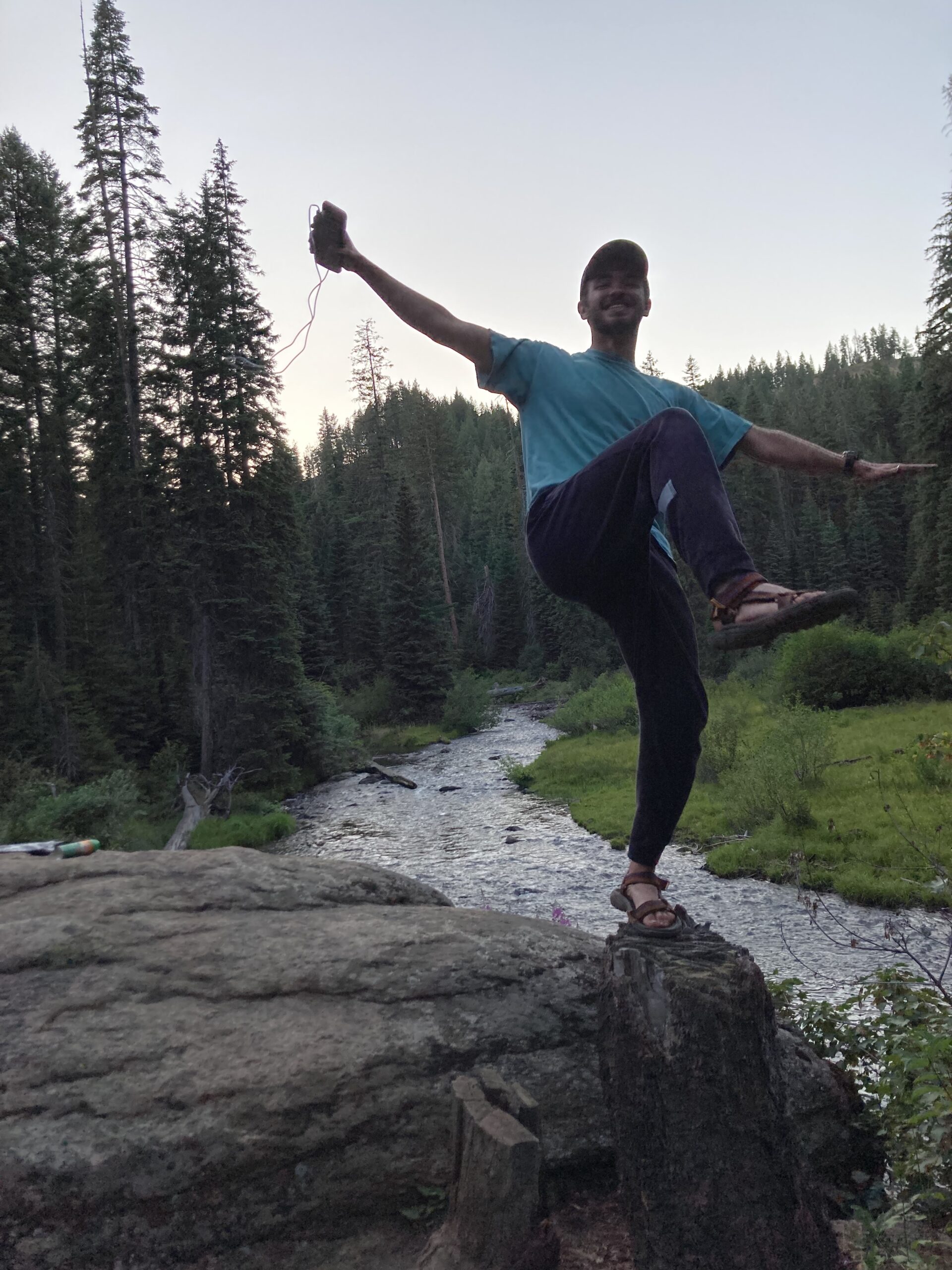
Then, we had a busy week ahead of us! Our station went to the Botany 2023 Conference in Boise, ID. We got to interact with botanists from all around, go on rafting on the Payette and Boise rivers, go on hiking field trips, and sit in on talks about botany research! It was an amazing time to get to see what the world of botany is like, and meet many peers who love the field! Such a wonderful time with great people.

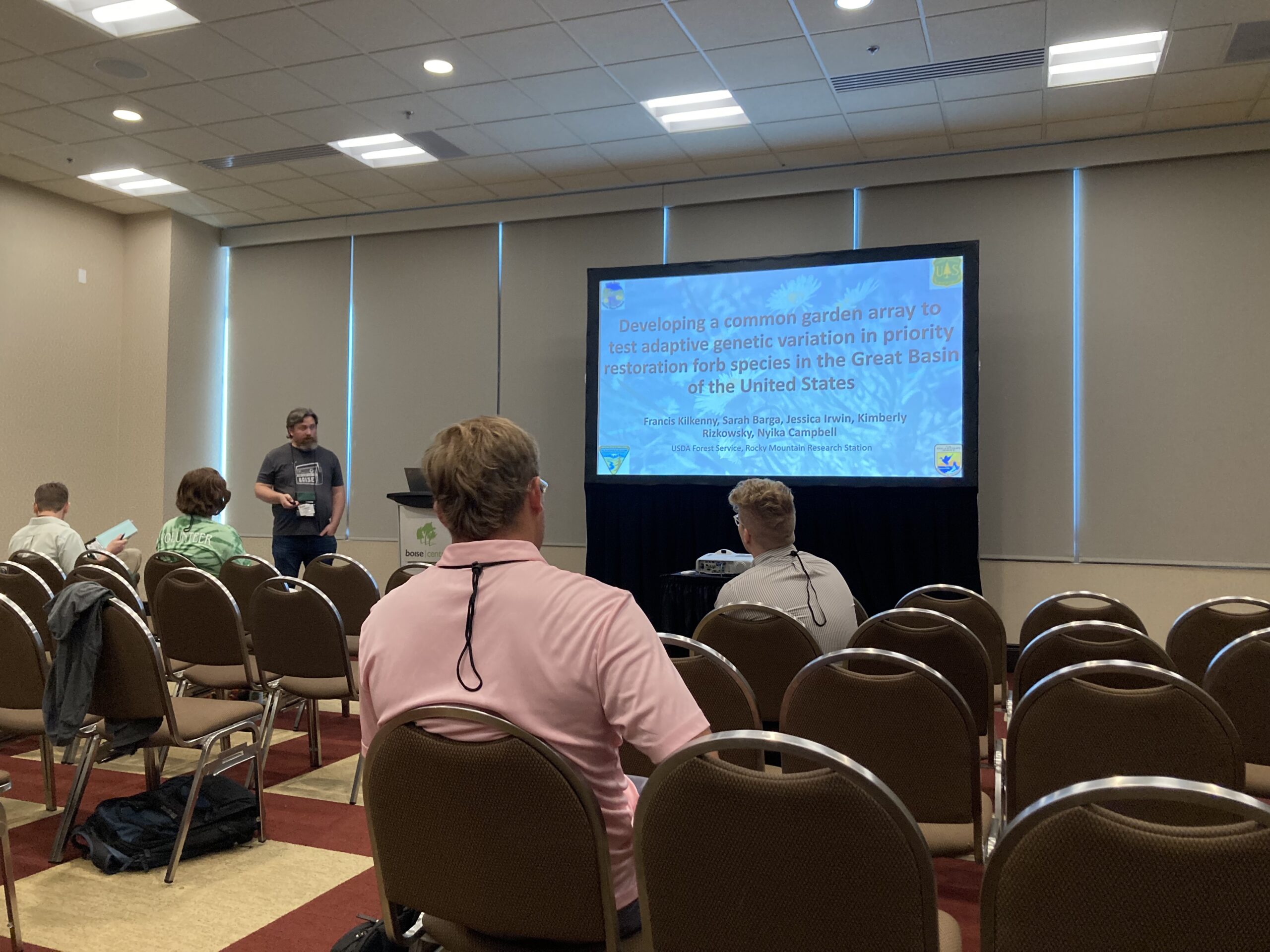



Right after the conference, Elric and I departed to Eastern Idaho to take part in the GLORIA (Global Observation Research Initiative in Alpine Environments) Project! We met up with Kat and Alex, who work in Idaho Falls (Alex is a CLM intern and Kat works in the Idaho Falls office as a Resource Assistant!) Our group hiked up to Sheep Mountain South and began alpine monitoring. Luckily, the weather was cooperative while we were there, with only one small sprinkle while we were on the peaks. Our group had 4 peaks to survey, and we split up during the day to cover more ground and set up our monitoring equipment. It was a great weekend and a nice change of pace working in alpine environments!
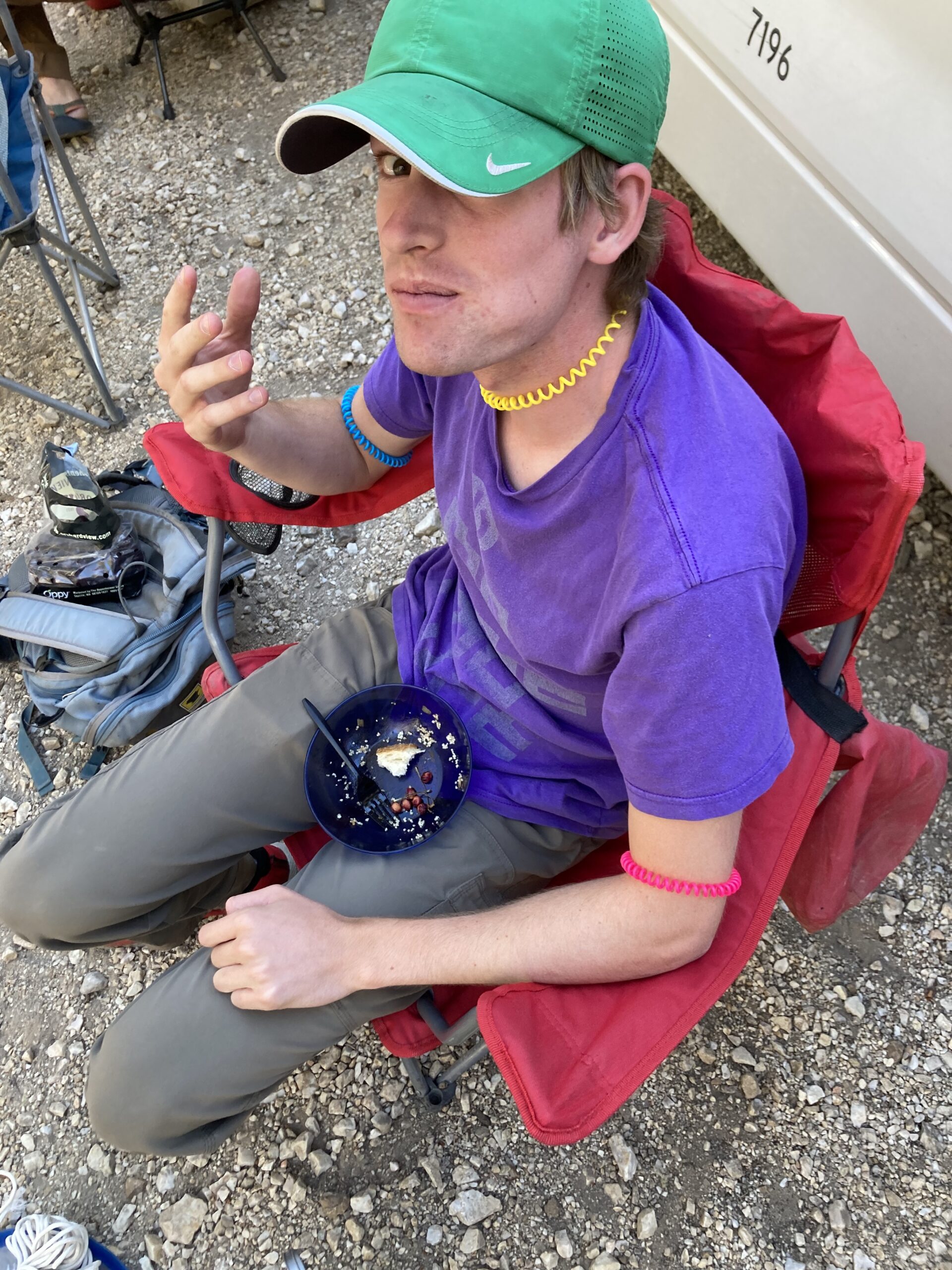

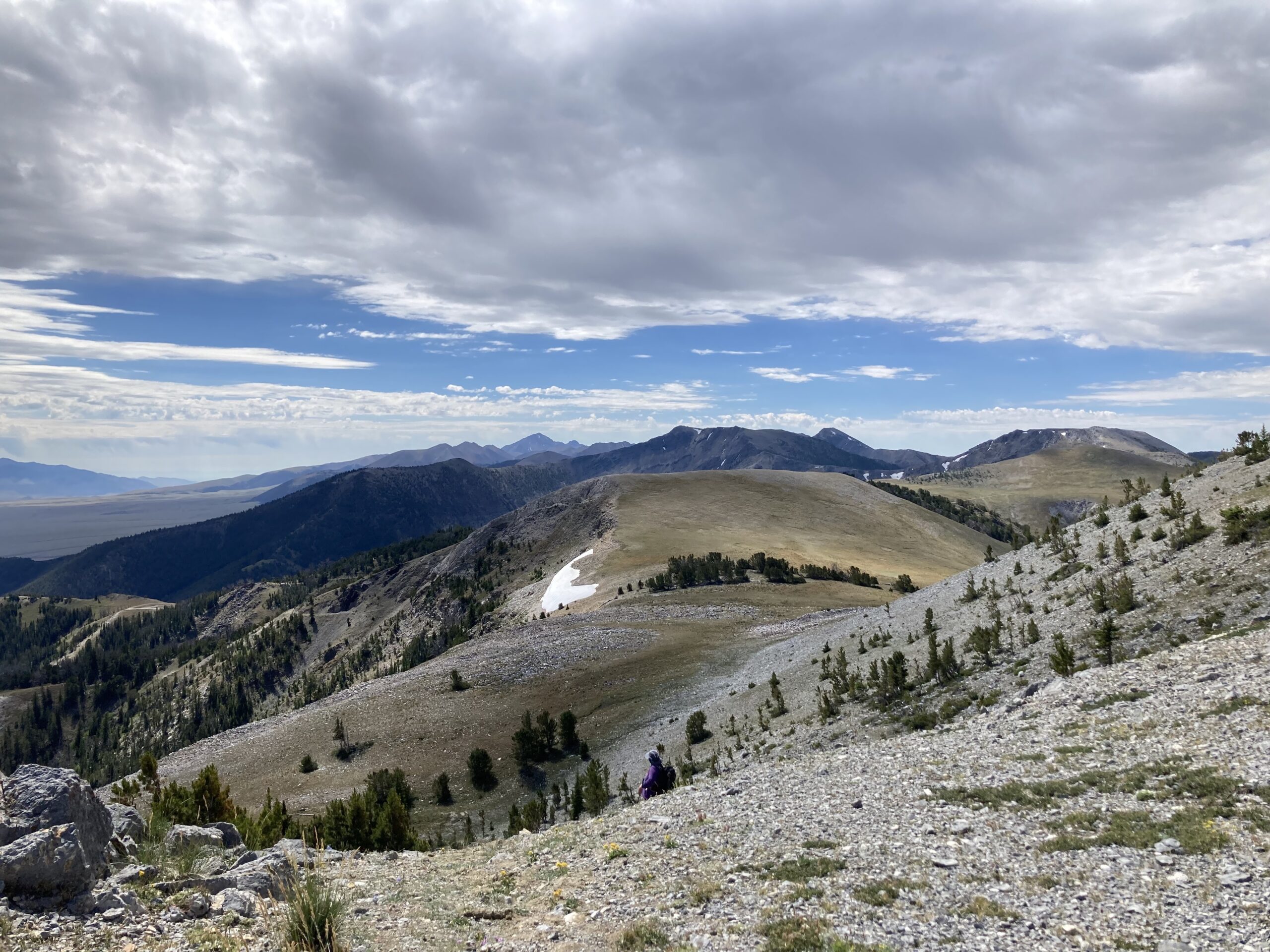
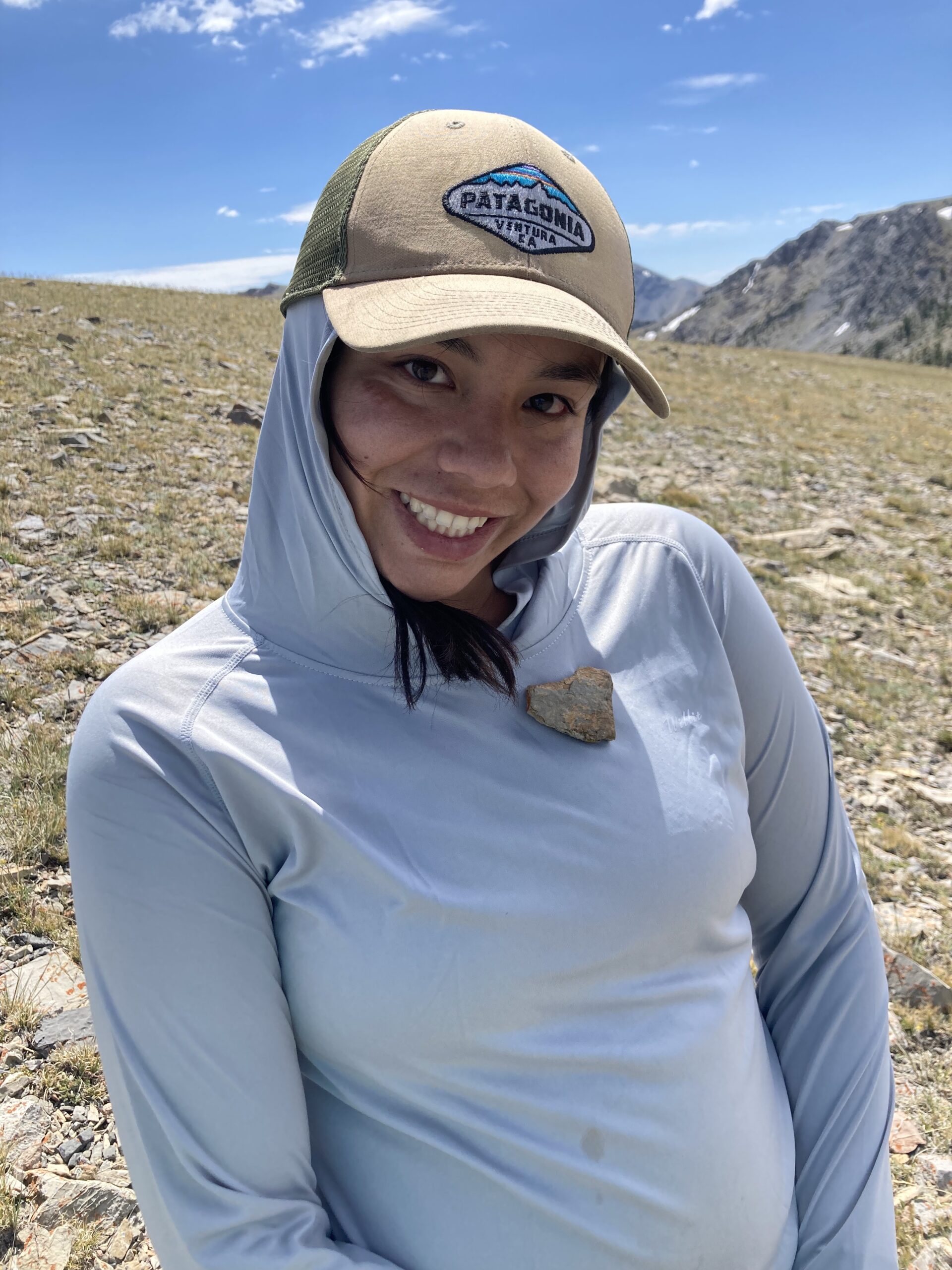
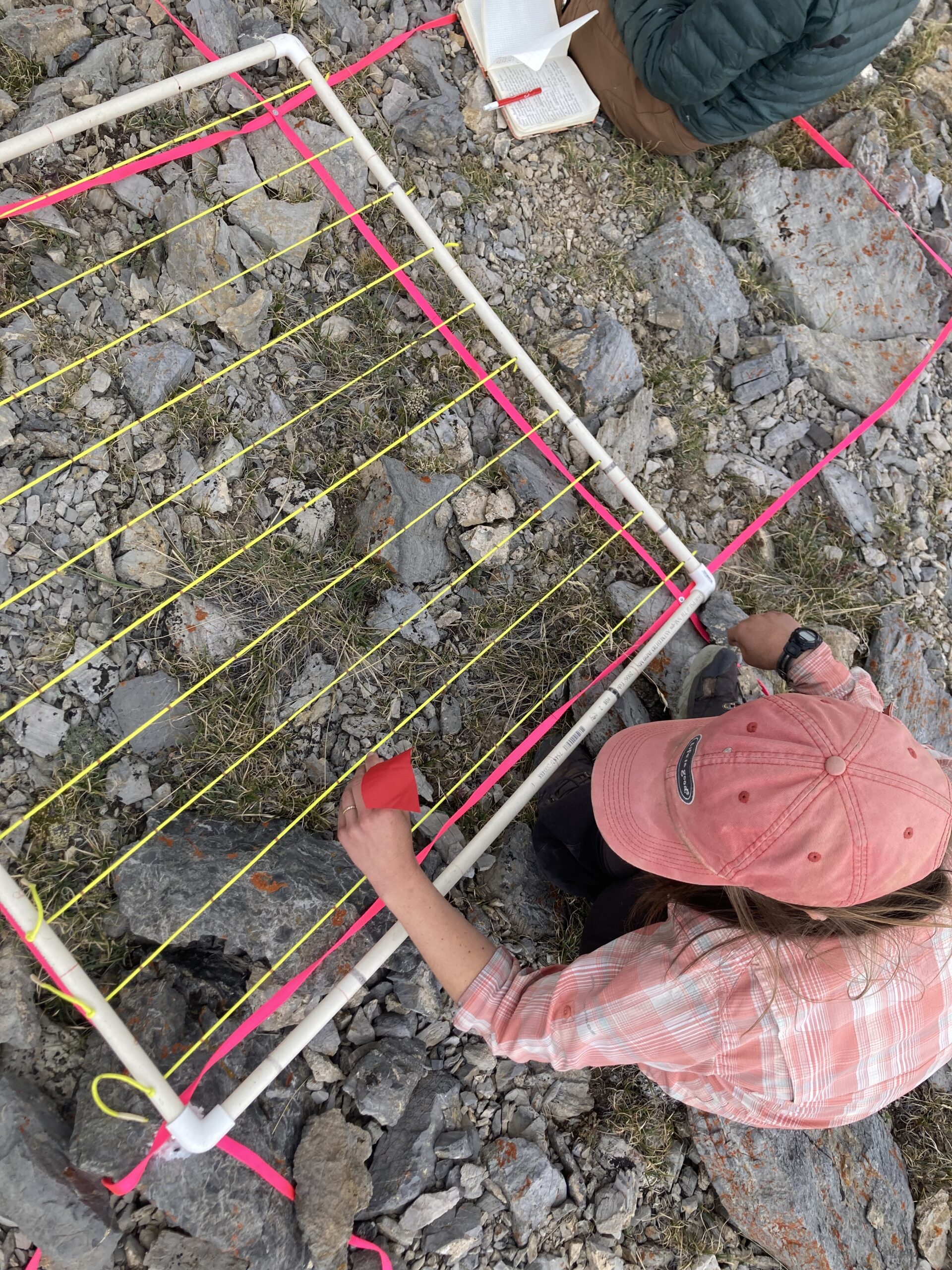
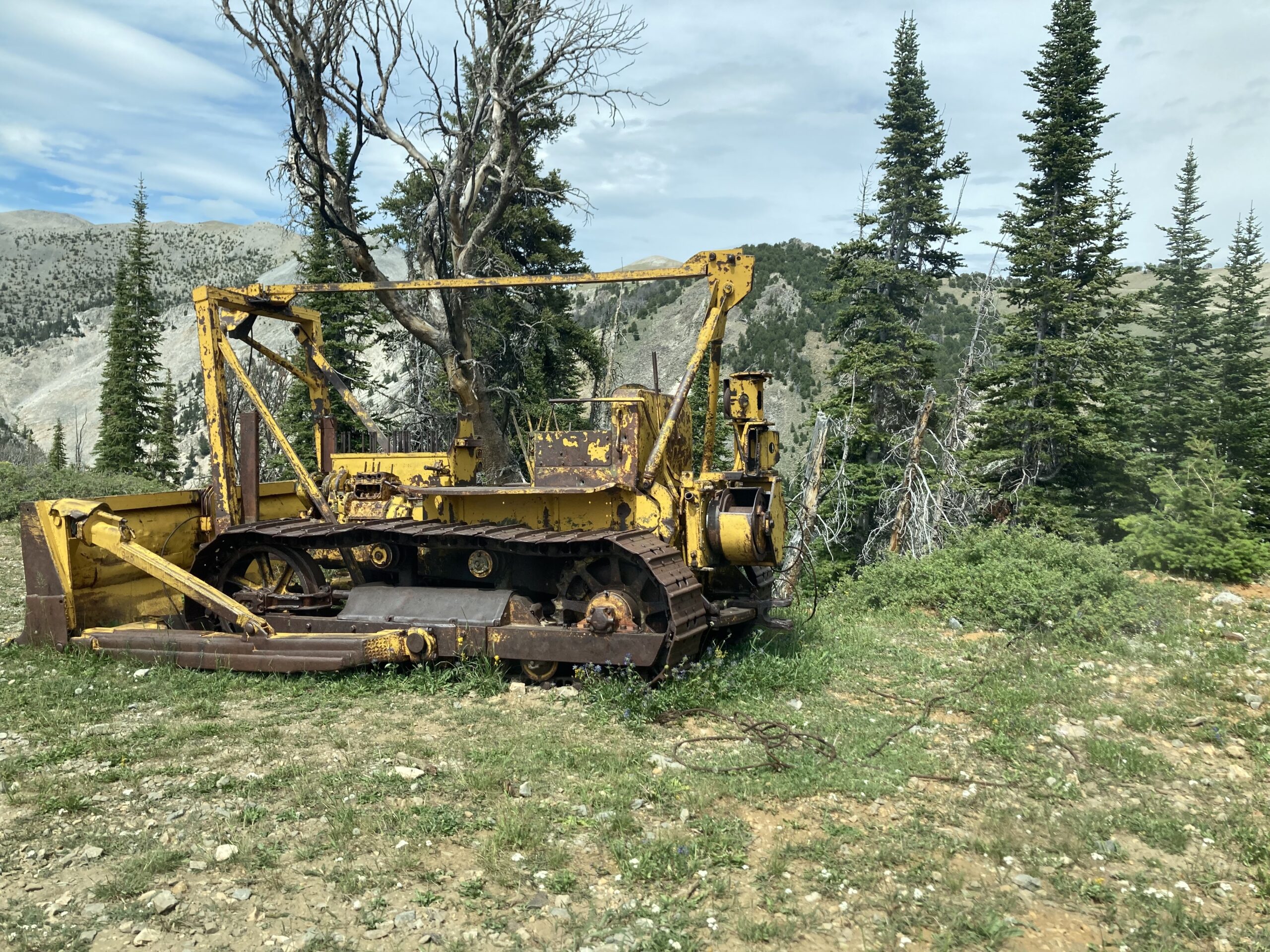
Overall, it’s been an exciting and busy month! I look forward to what the rest of August holds!
